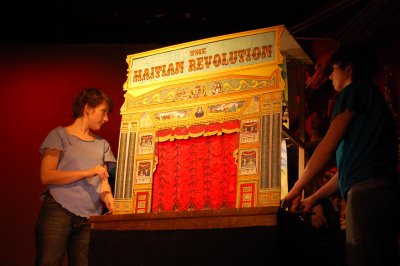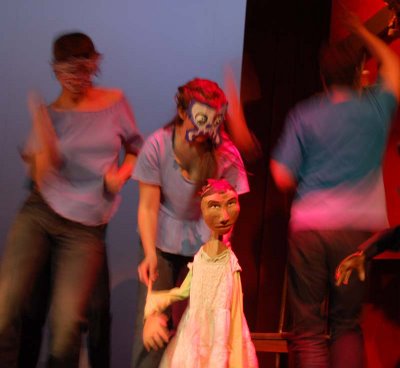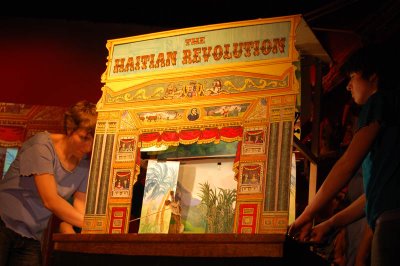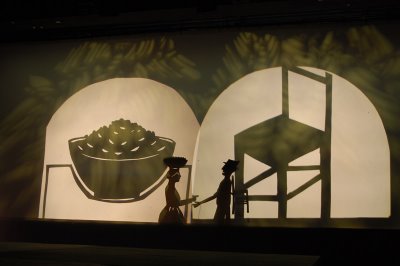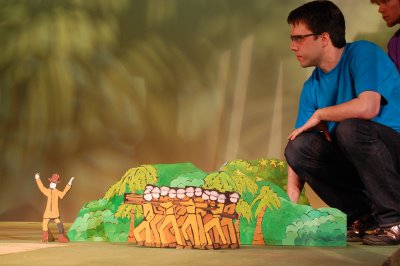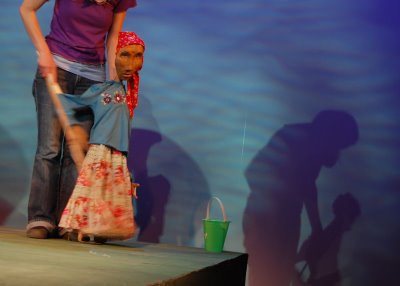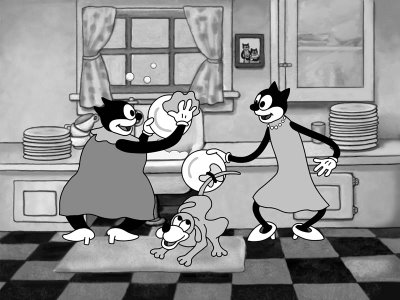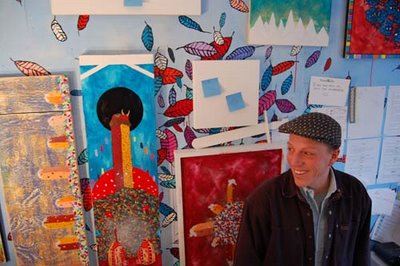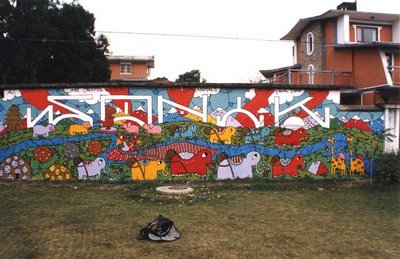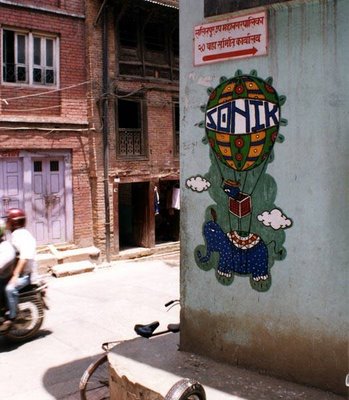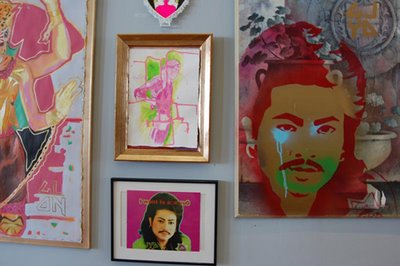"We as a group need to spread the word to all who will hear it that this arrest[of Shepard Fairey] is destructive to the Massachusetts creative economy." -- Caleb Neelon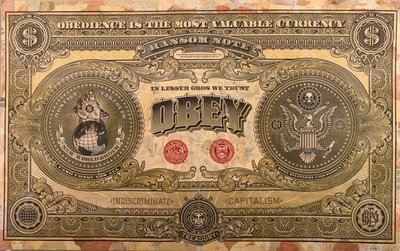
For some time now
Caleb Neelon, a Cambridge steet and gallery artist and authority on street art, has been arguing that Boston officialdom's rejection of and criminalization of street art and street style is bad for the city -- for its art, its economy, and the community as a whole -- because it drives away business. At Boston's Instute of Contemporary Art on April 4, Neelon addressed these issues while speaking about Los Angeles street artist Shepard Fairey, whose work is on view at the ICA. He argued that Fairey's arrest by Boston police for vandalism perpetuates Boston's reputation as unwelcoming to creativity (and the dollars that follow it), perpetuates Boston's reputation as the square place that still bans art:
In 1882, on its [Walt Whitman's "Leaves of Grass"] publication, Boston authorities banned the book for indecency. They singled out the section I just quoted, presumably because of its veiled references to kissing a dude. Boston authorities would go on to ban Thomas Hardy's "Tess of the D'Urbervilles" in 1891. In the 20th Century, Boston authorities would go on to ban, or do their best to ban, works by H.L. Mencken, Aldous Huxley, Ernest Hemingway, and even Voltaire's "Candide," nearly two hundred years after its publication. Erich Maria Remarque's "All Quiet on the Western Front" was removed, successfully, as well.
These books were all banned because they were in violation of local law. Their works were removed from shelves because they were illegal.
Yet when you all were in grade school, you probably read some of these works in English class. What was once illegal and obscene became something teenagers have to write a book reports on.
So why am I giving you this little American Literature lesson? Because there's an elephant in the room today: Shepard Fairey will on April 14 again appear in Boston court on vandalism charges for works he allegedly installed in Boston streets. ...
After posing with none other than Boston Mayor Tom Menino under his banner at City Hall, at the public opening of this show, Shepard was arrested on his way into the [ICA] building. A small number of Boston police, at the urging of a small activist group from Boston's wealthiest neighborhood, dug up an eight year old bench warrant - given for putting a sticker on a sign pole - tailed him, and moved in. Shepard was made to fly back from his Los Angeles home to face an arraignment a week later. He is charged with 29 felony counts.
29 felony counts.
Neither Whitman, Hemingway, Hardy, or Remarque ever felt Boston police handcuffs.
Read Neelon's entire speech
here.
